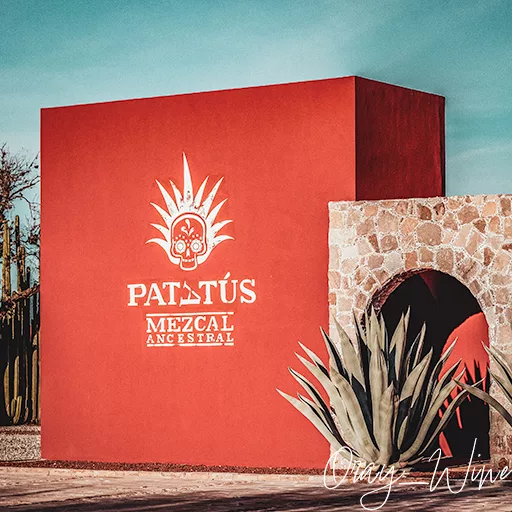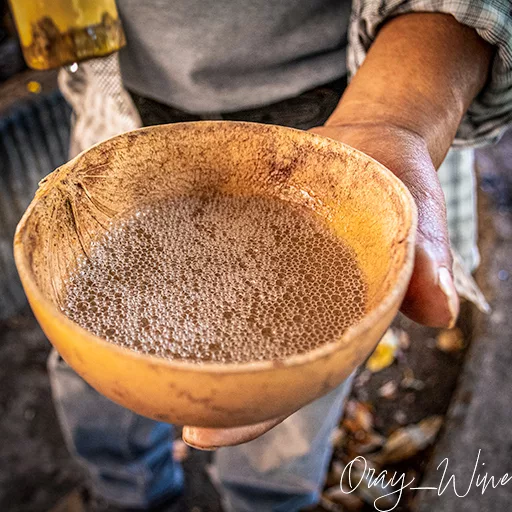
When you think of Mexican spirits, Tequila surely comes to mind. However, Mezcal has gained popularity recently, and it’s for its immense complexity — Mezcal is as varied as wine; there are many types of agaves in the Mexican desert, and they’re as diverse as the many grape varieties used to make wine!
Let’s talk about Mezcal and its varieties. We’ll also discuss the intricate production of Mezcal and why it is becoming one of the most fashionable spirits worldwide. Mezcal and Tequila appear to look the same, but they aren’t — agave spirits are more varied than you think!
An Ancient Spirit
” archeological evidence suggests native civilizations perfected some type of distillation using fire and interconnected clay vessels, but the resulting alcoholic drink”
The vast land we now call Mexico has been inhabited for thousands of years. And although the country has a rich biodiversity, sugar cane, grapes and grains like barley, the key ingredients in most alcoholic drinks, are not native to the area. Of course, this doesn’t mean the people didn’t produce fermented drinks with what they had — they found their sugar source in the spiny agave plants.
Harvest agave sap, ferment it, and you get a mildly alcoholic drink. Distill it, and you get mezcal. The thing is, the alembic was an Arabic invention, so the making of distilled spirits only started in Mexico with the coming of the Spanish conquerors.
Interestingly, archeological evidence suggests native civilizations perfected some type of distillation using fire and interconnected clay vessels, but the resulting alcoholic drink was not particularly common. Therefore, we can consider that Mezcal production wasn’t widespread until the 1600s, when the natives and the European colonists created what we now know as the ‘Mexican culture’.
Mezcal didn’t become popular overnight. The Europeans brought barley, vines, grapes and sugar cane; then beer, wine, brandy and rum quickly overshadowed the local alcoholic drink. It took centuries for this so-called “second class” liquor to become mainstream. So, Mezcal didn’t reach international markets until the late 20th century!

Mezcal Today

Mezcal is now a regulated spirit with its own denomination of origin, which includes regulations guaranteeing its quality. People can make Mezcal in several states, the most famous of which being Oaxaca. The rules classify Mezcal into several categories:
- The Mezcal Joven is bottled straight from the still and doesn’t spend time in a barrel. Unlike other spirits like whiskey and brandy, Mezcal Joven doesn’t rely on oak aging to gain flavor, so this style is trendy amongst mezcal lovers because they can really enjoy the ‘pure’ agave flavour.
- The Mezcal Reposado and Añejo spend time in barrels, gaining color and aromatic complexity from the wood. Although oak adds lovely flavors to the final product, these types of Mezcal are less agave driven.
Then you have the types of Mezcal named after their production method. The ‘Regular Mezcal’ is not dissimilar to most spirits today. However, the ‘Artisanal’ and ‘Ancestral Mezcal’ are something else — they’re handmade and produced in small quantities, often distilled in clay vessels and the agave hearts cooked in ‘pit ovens’; and they are probably what we can consider as the ‘true’ Mezcal!
- Then you have the types of Mezcal named after their production method. The ‘Regular Mezcal’ is not dissimilar to most spirits today. However, the ‘Artisanal’ and ‘Ancestral Mezcal’ are something else — they’re handmade and produced in small quantities, often distilled in clay vessels and the agave hearts cooked in ‘pit ovens’; and they are probably what we can consider as the ‘true’ Mezcal!
The Types of Agave, Explained

The agave used to make Mezcal is more important than how the spirit is made or the time spent in the barrel. There are dozens of agave plants in Mexico, and very few are domesticated — most grow wild! Knowing the most important types of agaves will help you find the right style for you.
1. Blue Agave
“blue agave may dominate the market, but that does not make it better than others”
The famous agave Azul is the most cultivated and the only type of agave allowed for Tequila production. Agave Azul is also the only plant not allowed for Mezcal production, but I wanted to mention it for its commercial significance.
By the way, blue agave may dominate the market, but that does not make it better than others — it’s just cheaper and faster to cultivate — just what a mass industry like Tequila’s needs.
2. Espadín Agave
“Espadin produces mild Mezcal with subtle herbal and peppery notes”
Espadin is every mezcal producer’s favorite agave. Eight out of every ten mezcal bottles on the market are made with this light-green spiny plant since it grows relatively quickly (8 years) and produces attractively sweet sap. Espadin produces mild Mezcal with subtle herbal and peppery notes.
Sometimes considered entry-level Mezcal, espadin produces spirits of the highest quality despite being less expensive than others. Sip on its own or use espadin mezcal to craft tropical cocktails.

3. Tobalá Agave
“produces earthy Mezcal with fruit undertones, offering an extraordinary sense of ‘terroir'”
This chubby agave is incredibly uncommon. It only grows wild, and it’s a rare find. It takes fifteen years for the agave to be ready for harvesting, so mezcal producers are always happy to get their hands on one of these.
The Tobalá variety produces earthy Mezcal with fruit undertones, offering an extraordinary sense of ‘terroir’ (like in wines). When made artisanally, it also rewards your senses with the most subtle smoke and ash scents. This is without any doubt a Mezcal to enjoy slowly.
4. Tepextate Agave
“produces peppery and sometimes spicy Mezcal with tropical fruit scents”
Tepextate is a slow-growing agave typical of Oaxaca and neighboring Guerrero. Producers must wait twenty-five years to harvest this curly spiny plant, making tepextate Mezcal rare and sometimes pricey. For tepextate, patience is vital, but it pays off. This agave produces peppery and sometimes spicy Mezcal with tropical fruit scents. Despite being bone dry, tepextate Mezcal has a pleasant underlying sweetness that balances its spiciness.
5. Cuishe Agaves
“deliciously subtle, Cuiche Mezcal is a true delicacy”
Cuishe Agaves are not one species but many, including Cuishe, Madre Cuishe and Barril — they share common traits and grow in similar conditions. Easily recognizable for their robust “heart,” these plants produce large amounts of sap and only take ten years to be ready for harvesting. Expect herbal, spicy and sometimes nutty Mezcal with a long aftertaste. Enthusiasts often describe Cuishe mezcal as food-friendly, as it is rarely too powerful. Deliciously subtle, Cuiche Mezcal is a true delicacy.
Mezcal; A Fine Spirit

Now that you know that not all Mezcal is the same, it’s time to taste a few and find your favorite. Mezcal is not always expensive but often rare — after all, artisans craft their finest in batches! For a smoky spirit with a fiery personality, there’s nothing like Mezcal. You can enjoy it in a traditional Oaxaca made Jicara (a little hand carved bowl), or, if you are feeling creative, Mezcal also performs beautifully behind the bar where you will be able to create exciting drinks.

Follow me on my Social Media
Wine is a gourmet treasure, do not abuse alcohol!
None of this content has been sponsored
I did not receive any gifts or free samples that could be related to this article


